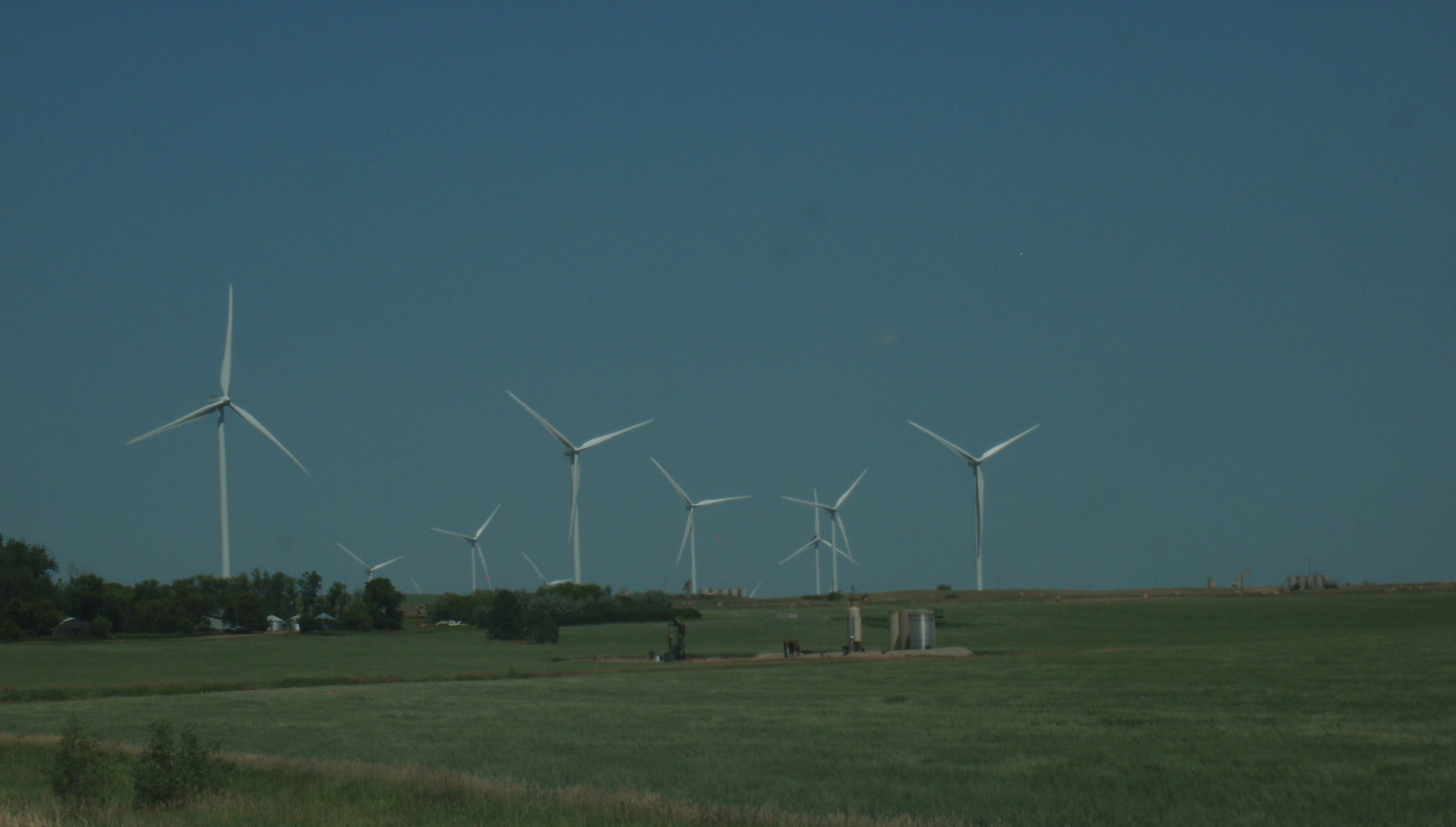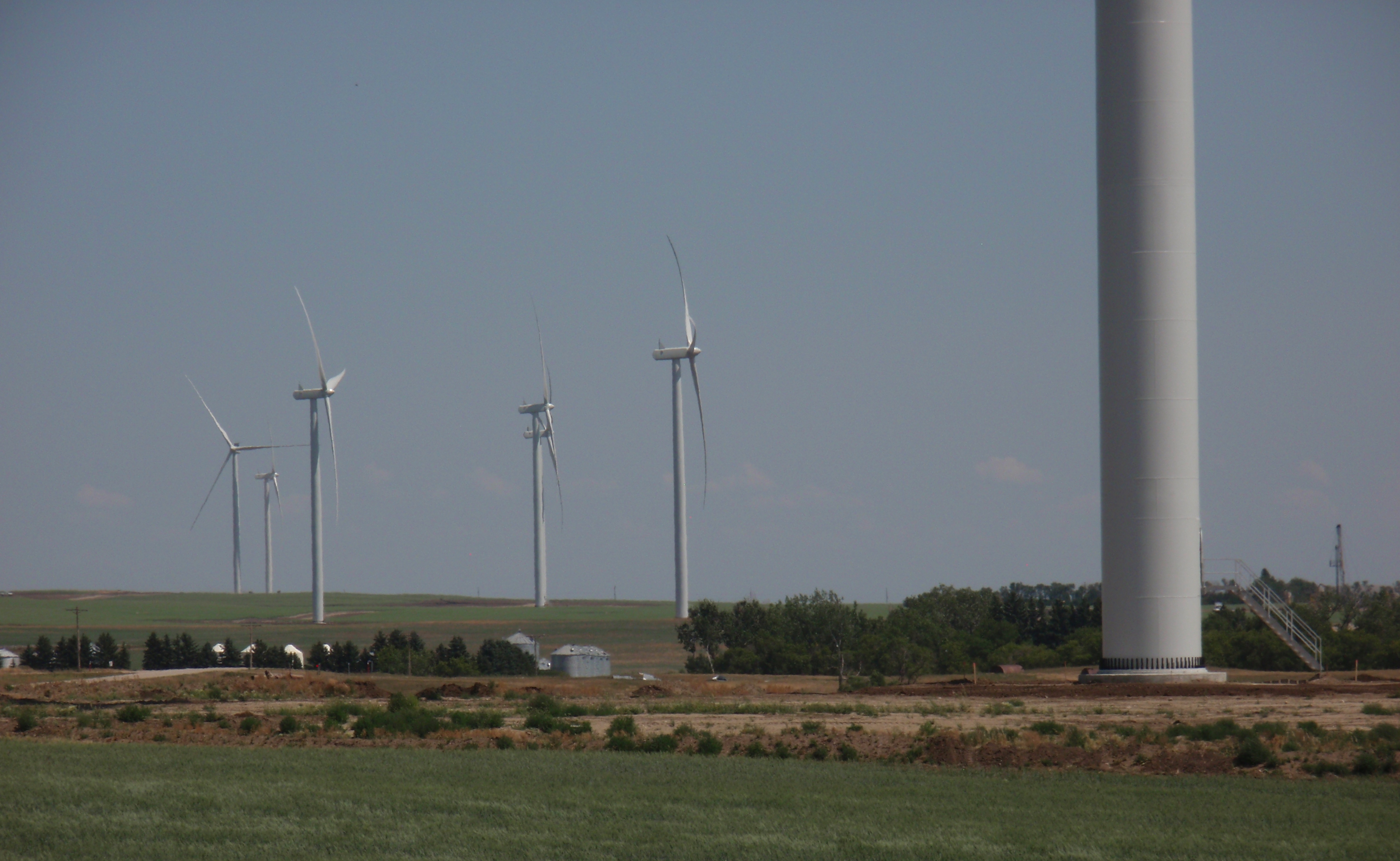
Lots of money is pouring in to construction wind and solar plants, but that will continue only if the massive subsidies stay in place.
7/25/17 – AP at Billings Gazette – Montana ruling casts shadow over future of solar farm – Montana state regulators approved a 80 GW solar plant with reported cost of about $100M.
The approval allows the output to be sold at only $20 per megawatt and that contract only runs for 10 years. Presumably after that time the company would have to sell whatever output is actually generated at market prices.
Company wants a 25 year contract at $43.50. Anything less than that makes it uneconomical.
Let me translate that.
The project will only be profitable if all of the following conditions are met:
- some utility buys all of whatever output they produce, and
- all the electricity is sold far above market rate (project must get over twice current market), and
- all output is sold at whatever moment the electricity is generated, and
- a fixed buyer is locked in on a very long contract (which is a 25 year bet there will be no radical technology breakthrough), and
- huge federal tax subsidies remain in place.
The project is only be viable if every single one of those built-in subsidies are in place for two and a half decades.
Selling at market prices instead? That is a horrible concept. Such a silly idea.
Yeah, I would sorta’ like to get an awesomely sweet deal like that too.

7/9/17 – Wall Street Journal – Plans for U.S. Wind Farms Run Into Headwinds – In addition to federal and local licensing and regulatory hurdles, massive offshore wind plants in the U.S. face an additional obstacle.
What’s the problem? There are not any manufacturers in the U.S. making the towers. Instead, they must be towed from Europe. Even more, few U.S. ports are big enough without bridge obstacles to handle the towers. For the one facility off Rhode Island, the towers were towed directly to the construction zone.
The Block Island wind plant has been operating for six months. It cost $300M and has a theoretical capacity of 30 megawatts.
Block Island is currently delivering power for a whopping 24.4 cents per kWh.
That is slightly less than double the average costs to U.S. homeowners, which is 12.8 cents per kilowatt-hour.
There are 17 proposed off-shore facilities, which if the wind was blowing at the right speed all at the same time at all of the turbines of all of the projects, would be able to produce 9.1 gigawatts of power. At least until the wind slowed down or increased to the point the blades have to be feathered to avoid damage.

7/26/17 – Russell Gold at Wall Street Journal – American Electric Power to Invest $4.5 Billion in Wind Farm Project – American Electric Power said it will invest $4.5B in the Wind Catcher Energy Connection which will have a theoretical capacity of 2,000 megawatts when the wind is blowing at the right speed (not too fast and not too slow) simultaneously at each turbine.
The project will also require a transmission line 350 miles long to get the power to a place it can be tied into the grid in Oklahoma.
The project will qualify for full corporate welfare, sorry, um, I mean, heavy crony capitalist subsidy, ah, that is, the full energy production credits.
AEP already had a contract to flip the bird-blending property when it goes into operation.
Article also describes three other massive slice-and-dice projects announced in 2017 and 2016:
- $3.5B wind and transmission lines (no details in article on scale) – Pacificorp, which is a sub of Pacific Northwest.
- $4.2B for 11 wind plants with combined theoretical capacity of 3,380 megawatt – Xcel Energy
- $3.6B for wind plants in Iowa (capacity unspecified in article) – MidAmerican Energy Co.
Remember all those projects are only economically viable with massive subsidies and long-term contracts and above market prices paid by utility companies that are required to buy the wind power.